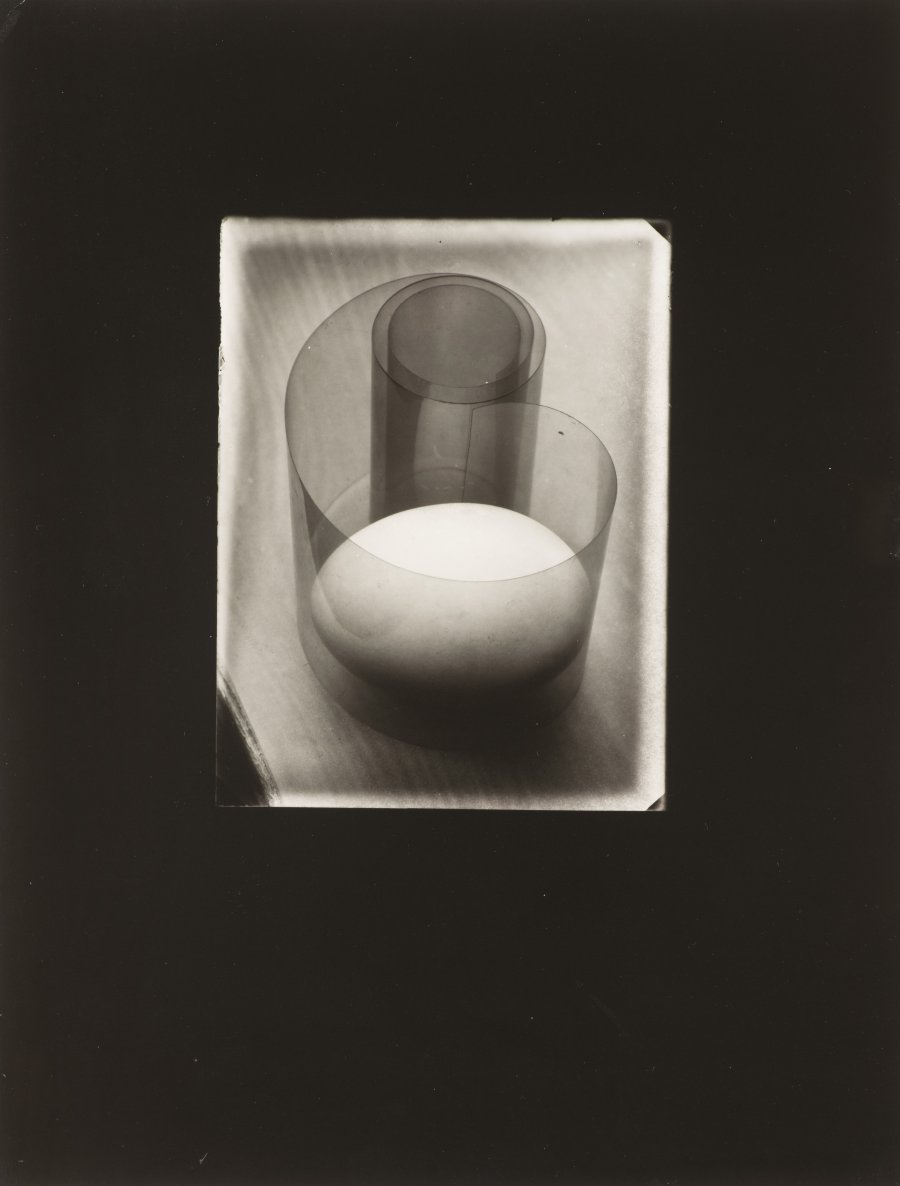Josef Sudek born into a family of artists in Kolín in 1896. His father, Václav, was a painter and decorator, and died shortly before Josef’s third birthday. In 1910 Josef Sudek registered for an apprenticeship with a bookbinder – it was there where he also started to take photographs. Three years later he received his journeyman’s certificate and got a job with a bookbinder in Nymburk. At the age of 18, Sudek enlisted in Northern Bohemia for World War I. In early 1916 he compiled a small album of original photos of Prague, but in May he was hit by shrapnel on the Italian front and lost his right arm. Sudek spent the first half of the 1920s at Invalidovna, the war veterans’ dormitory in Prague, where he retrained as a professional photographer; in 1922–1924 he studied photography at a graphic arts school. In 1927 he started to work for the publishing house Družstevní Práce and signed a lease for a studio at Újezd in Prague’s Lesser Quarter, where he founded his own photography company. He also started to build his collection of fine art, focusing on the work of František Tichý, Jan Benda, and later Andrej Bělocvětov, whom he supported as a patron. He also established friendships with Ladislav Sutnar and Emil Filla. In October of 1934 he held his first solo exhibition at Krásná Jizba, the commercial gallery of Družstevní Práce. Sudek’s work started to change during World War II, intentionally focusing on artistic photography. This is the period when he started to work on his series The Window of My Studio. Shortly after the war, Prague became the main subject of his photographs. In the 1960s Sudek started to reside on Úvoz street in Prague’s castle district, which became a meeting place for his friends, major Czech artists including painter Jan Zrzavý, architect Otto Rothmayer, and poet Jaroslav Seifert. In 1976 three retrospectives of Sudek’s photographs were held to mark his 80th birthday – in Prague, in Brno, and in Aachen, West Germany. Josef Sudek died of cancer the same year. Over the course of his lifetime he collected over 20,000 positives and over 50,000 negatives, which after his death were administered by art historian Anna Fárová. Dozens of publications about his work have been published around the world.
Confirmation of provenance enclosed.
More works from auction
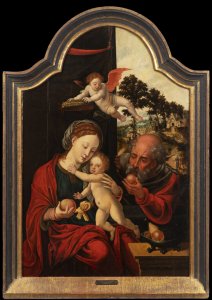
Lot 1 THE HOLY FAMILY WITH AN ANGEL
Starting price450 000 CZK | 17 647 €
Price realized
500 000 CZK | 19 608 €
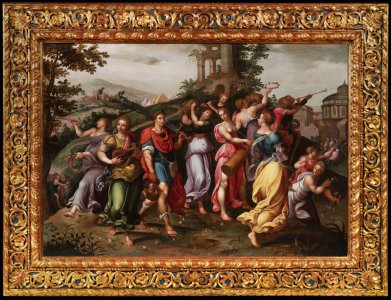
Lot 2 DAVID RETURNING IN TRIUMPH WITH THE HEAD OF GOLIATH
Starting price320 000 CZK | 12 549 €
Price realized
320 000 CZK | 12 549 €
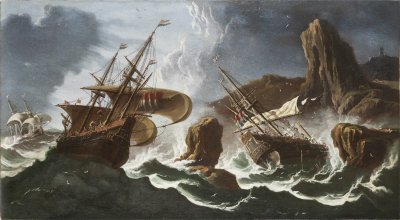
Lot 3 STORM AT SEA
Starting price150 000 CZK | 5 882 €
Price realized
150 000 CZK | 5 882 €
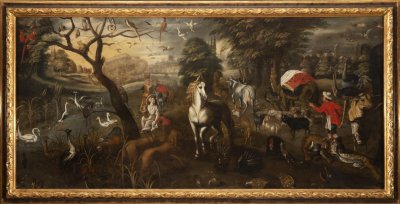
Lot 4 NOAH'S ARCH
Starting price130 000 CZK | 5 098 €
Sold
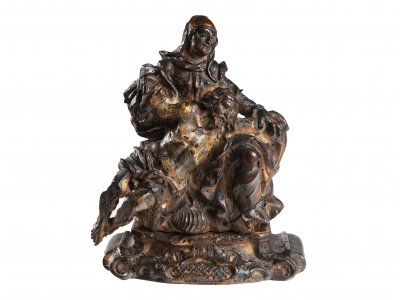
PIETÀ
68 000 CZK | 2 667 €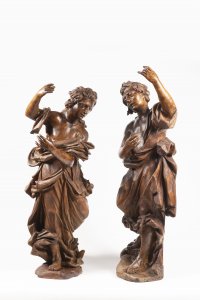
Lot 6 A PAIR OF WOODEN STATUES
Starting price80 000 CZK | 3 137 €
Price realized
90 000 CZK | 3 529 €
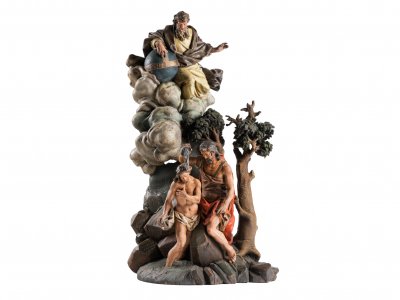
THE BAPTISM OF CHRIST
350 000 CZK | 13 725 €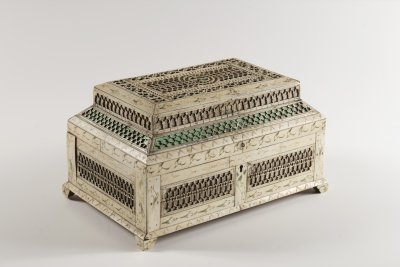
Lot 8 A BOX
Starting price18 000 CZK | 706 €
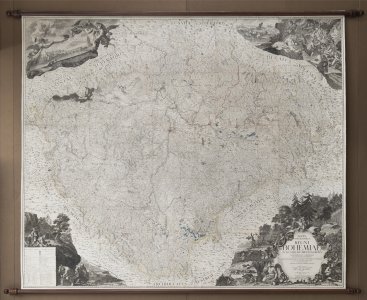
Lot 9 MAP OF THE KINGDOM OF BOHEMIA
Starting price130 000 CZK | 5 098 €
Price realized
160 000 CZK | 6 275 €

Lot 10 A NEOCLASSICAL CLOCK
Starting price25 000 CZK | 980 €
Price realized
46 000 CZK | 1 804 €
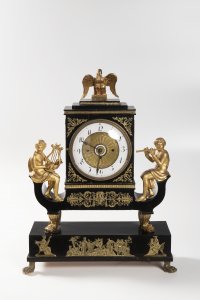
Lot 11 AN EMPIRE CLOCK WITH MUSIC BOX
Starting price30 000 CZK | 1 176 €
Price realized
35 000 CZK | 1 373 €
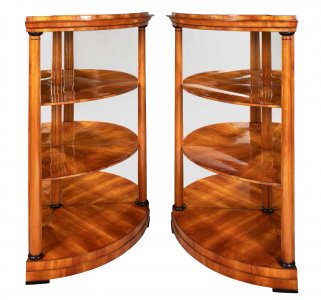
Lot 12 A PAIR OF BIEDERMEIER ETAGERES
Starting price120 000 CZK | 4 706 €
Price realized
150 000 CZK | 5 882 €
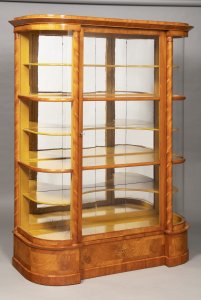
Lot 13 A BIEDERMEIER GLASS CASE
Starting price90 000 CZK | 3 529 €
Price realized
300 000 CZK | 11 765 €
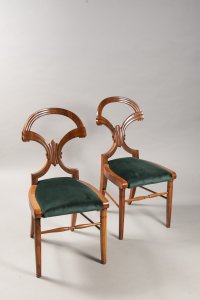
Lot 14 A PAIR OF BIEDERMEIER CHAIRS
Starting price30 000 CZK | 1 176 €
Price realized
30 000 CZK | 1 176 €
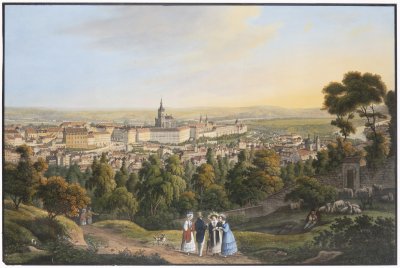
Lot 15 THREE VISTAS OF PRAGUE
Starting price30 000 CZK | 1 176 €
Price realized
60 000 CZK | 2 353 €
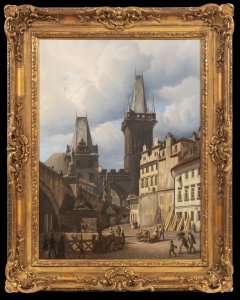
Lot 16 CHARLES BRIDGE WITH THE BRIDGE TOWER
Starting price95 000 CZK | 3 725 €
Price realized
140 000 CZK | 5 490 €
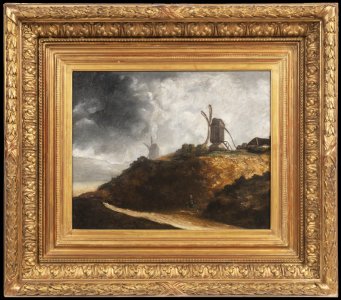
Lot 17 LANDSCAPE WITH WINDMILLS
Starting price140 000 CZK | 5 490 €
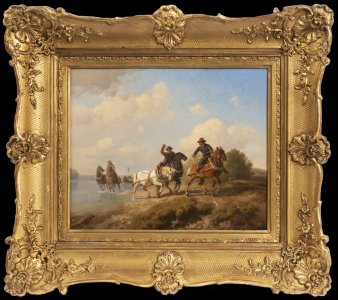
Lot 18 LANDSCAPE WITH RIDERS
Starting price24 000 CZK | 941 €
Price realized
31 000 CZK | 1 216 €
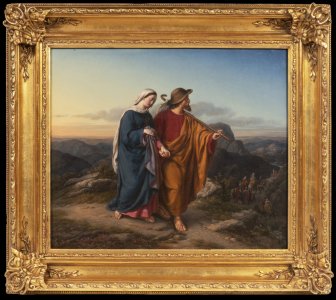
Lot 19 THE JOURNEY TO BETHLEHEM
Starting price40 000 CZK | 1 569 €
Price realized
90 000 CZK | 3 529 €
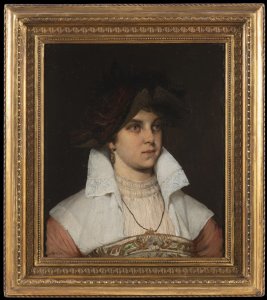
Lot 20 PORTRAIT OF A LADY IN PERIOD DRESS
Starting price85 000 CZK | 3 333 €
Price realized
85 000 CZK | 3 333 €
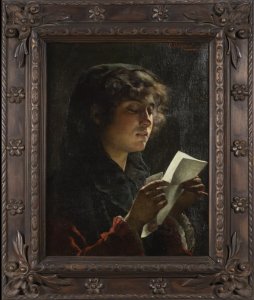
Lot 21 THE READER
Starting price80 000 CZK | 3 137 €
Price realized
180 000 CZK | 7 059 €
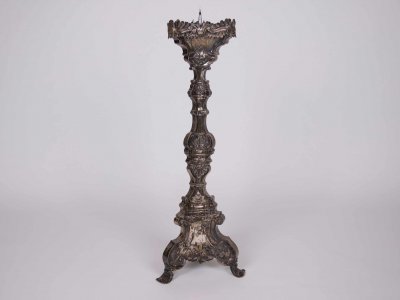
Lot 22 A MINIATURE MADONNA
Starting price18 000 CZK | 706 €
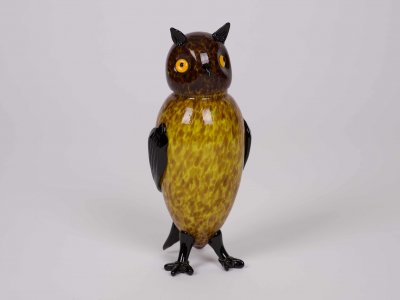
Lot 23 A GOLD BOX
Starting price28 000 CZK | 1 098 €
Price realized
60 000 CZK | 2 353 €
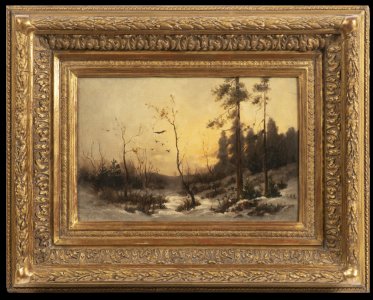
Lot 24 FOREST LANDSCAPE WITH AVIFAUNA IN WINTER
Starting price180 000 CZK | 7 059 €
Price realized
180 000 CZK | 7 059 €
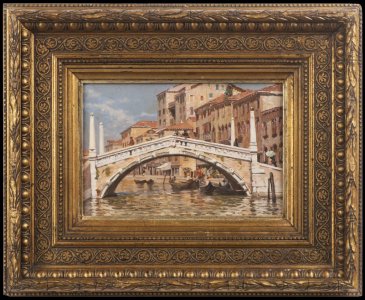
Lot 25 VENICE
Starting price18 000 CZK | 706 €
Price realized
49 000 CZK | 1 922 €
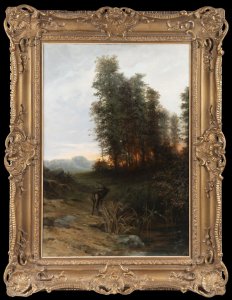
Lot 26 FOREST EDGE WITH SUNSET
Starting price120 000 CZK | 4 706 €
Price realized
150 000 CZK | 5 882 €
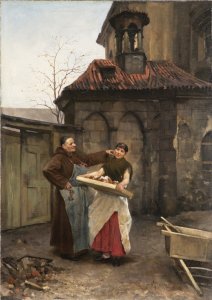
Lot 27 MONK IN FRONT OF A CHAPEL
Starting price65 000 CZK | 2 549 €
Price realized
95 000 CZK | 3 725 €
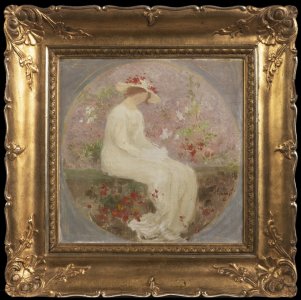
Lot 28 SEATED YOUNG WOMAN
Starting price90 000 CZK | 3 529 €
Price realized
130 000 CZK | 5 098 €
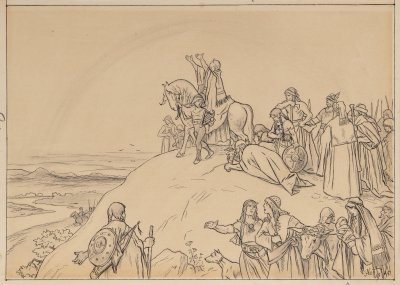
Lot 29 THE ARRIVAL OF ČECH AT ŘÍP MOUNTAIN
Starting price18 000 CZK | 706 €
Price realized
18 000 CZK | 706 €
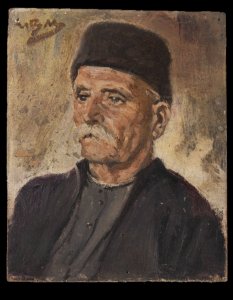
Lot 30 PORTRAIT OF A MAN
Starting price10 000 CZK | 392 €
Price realized
190 000 CZK | 7 451 €
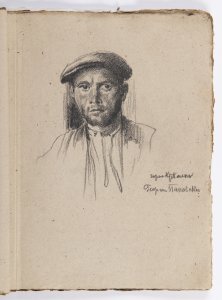
Lot 31 SKETCHBOOK OF DRAWINGS - STUDY OF PORTRAITS
Starting price10 000 CZK | 392 €
Price realized
550 000 CZK | 21 569 €
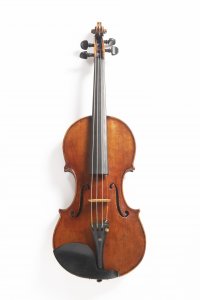
Lot 32 A VIOLA
Starting price320 000 CZK | 12 549 €
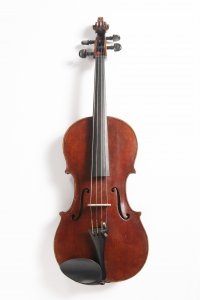
Lot 33 A VIOLIN
Starting price280 000 CZK | 10 980 €
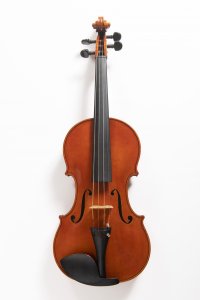
Lot 34 A VIOLA
Starting price250 000 CZK | 9 804 €
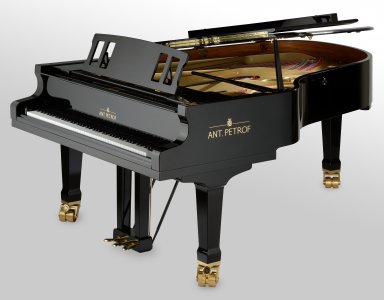
Lot 35 A PETROF AP 225 GRAND PIANO
Starting price1 500 000 CZK | 58 824 €
Price realized
1 500 000 CZK | 58 824 €
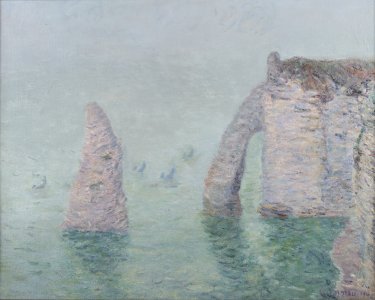
Lot 36 CLIFFS IN ÉTRETAT
Starting price700 000 CZK | 27 451 €
Price realized
2 900 000 CZK | 113 725 €
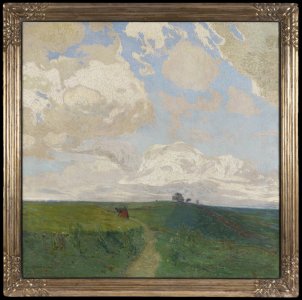
Lot 37 SUMMER LANDSCAPE
Starting price120 000 CZK | 4 706 €
Price realized
310 000 CZK | 12 157 €
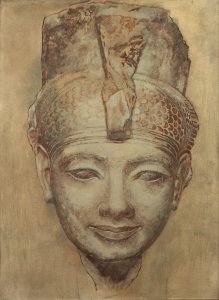
Lot 38 GODDESS MUT
Starting price90 000 CZK | 3 529 €
Price realized
100 000 CZK | 3 922 €
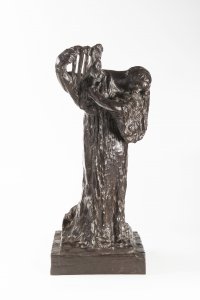
Lot 39 SYMPHONY
Starting price120 000 CZK | 4 706 €
Price realized
160 000 CZK | 6 275 €
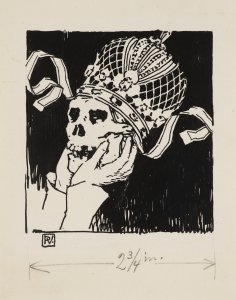
Lot 40 UNTITLED
Starting price20 000 CZK | 784 €
Price realized
37 000 CZK | 1 451 €
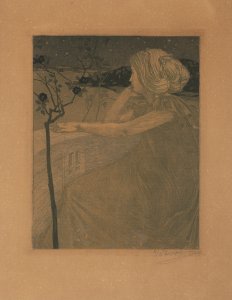
Lot 41 MEDITATION (ON THE BALCONY)
Starting price25 000 CZK | 980 €
Price realized
70 000 CZK | 2 745 €
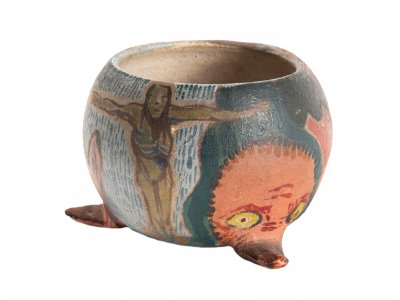
Lot 42 A BOX
Starting price30 000 CZK | 1 176 €
Price realized
40 000 CZK | 1 569 €
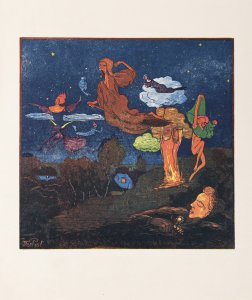
Lot 43 THE WITCH
Starting price25 000 CZK | 980 €
Price realized
46 000 CZK | 1 804 €
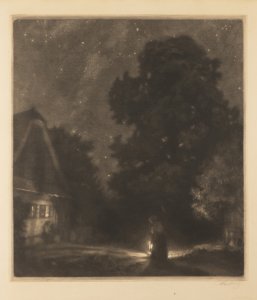
Lot 44 SUMMER NIGHT
Starting price15 000 CZK | 588 €
Price realized
24 000 CZK | 941 €
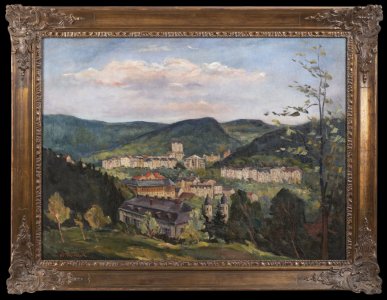
Lot 45 VISTA OF CARLSBAD
Starting price55 000 CZK | 2 157 €
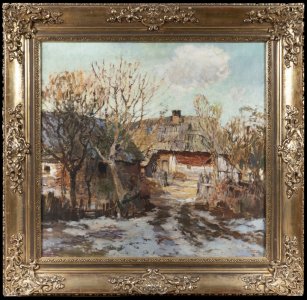
Lot 46 THE THAW IN VEŘOVICE, MORAVIAN WALLACHIA
Starting price260 000 CZK | 10 196 €
Price realized
290 000 CZK | 11 373 €
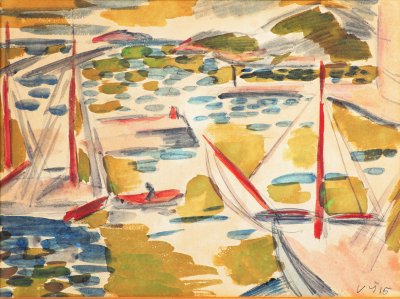
Lot 47 AT PORT
Starting price35 000 CZK | 1 373 €
Price realized
55 000 CZK | 2 157 €
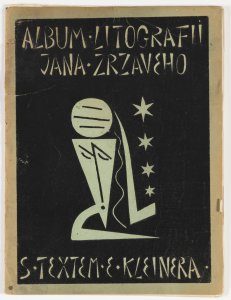
Lot 48 AN ALBUM OF LITHOGRAPHS BY JAN ZRZAVÝ WITH TEXTS BY…
Starting price250 000 CZK | 9 804 €
Price realized
410 000 CZK | 16 078 €
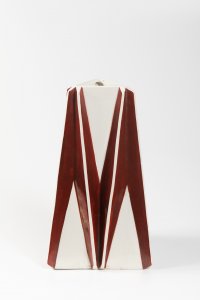
Lot 49 AN ANGULAR VASE
Starting price180 000 CZK | 7 059 €
Price realized
410 000 CZK | 16 078 €
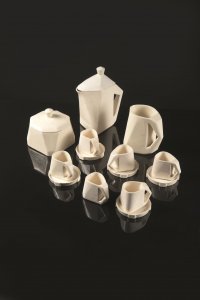
Lot 50 A COFFEE SERVICE, POLYGONAL
Starting price150 000 CZK | 5 882 €
Price realized
350 000 CZK | 13 725 €
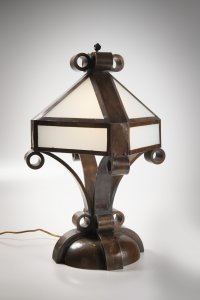
Lot 51 A TABLE LAMP
Starting price130 000 CZK | 5 098 €
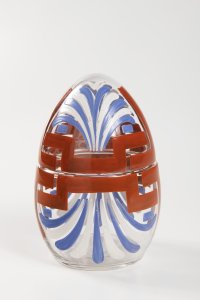
Lot 52 AN EGG-SHAPED BOX
Starting price20 000 CZK | 784 €
Price realized
26 000 CZK | 1 020 €
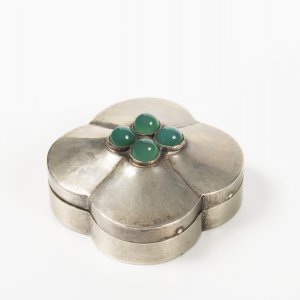
Lot 53 A BOX
Starting price20 000 CZK | 784 €
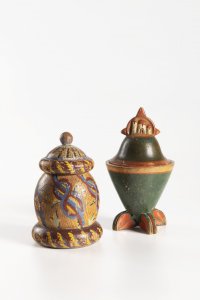
Lot 54 TWO BOXES
Starting price15 000 CZK | 588 €
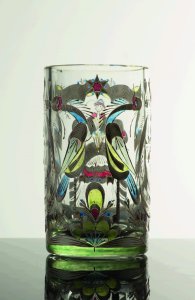
Lot 55 A GLASS
Starting price10 000 CZK | 392 €
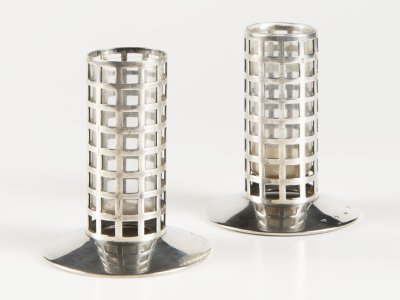
Lot 56 VASES FOR VIOLETS
Starting price40 000 CZK | 1 569 €
Price realized
40 000 CZK | 1 569 €
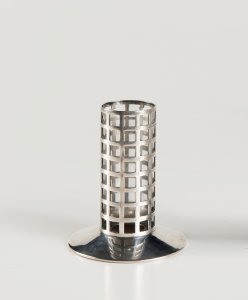
Lot 57 VASES FOR VIOLETS
Starting price40 000 CZK | 1 569 €
Price realized
40 000 CZK | 1 569 €
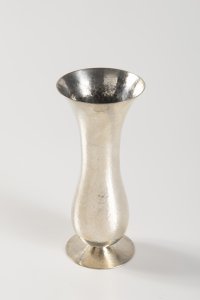
Lot 58 A VASE
Starting price38 000 CZK | 1 490 €
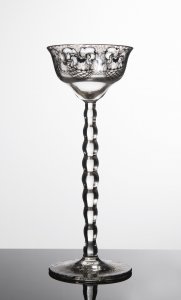
Lot 59 A CHAMPAGNE FLUTE
Starting price22 000 CZK | 863 €
Price realized
45 000 CZK | 1 765 €
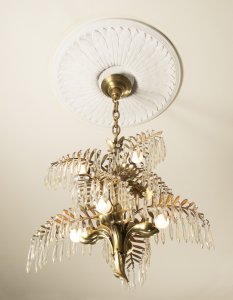
Lot 60 A PALM CHANDELIER
Starting price30 000 CZK | 1 176 €
Price realized
65 000 CZK | 2 549 €
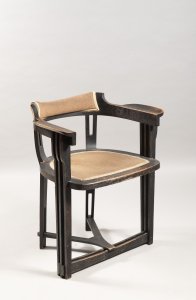
Lot 61 AN ART NOUVEAU ARMCHAIR
Starting price25 000 CZK | 980 €
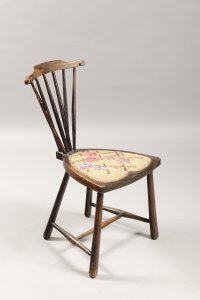
Lot 62 A FAN-BACK CHAIR
Starting price20 000 CZK | 784 €
Price realized
40 000 CZK | 1 569 €
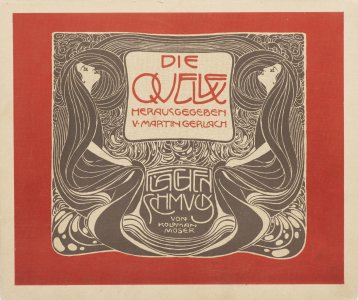
Lot 63 A COLLECTiON OF THIRTY COLOR LITHOGRAPHS
Starting price25 000 CZK | 980 €
Price realized
100 000 CZK | 3 922 €
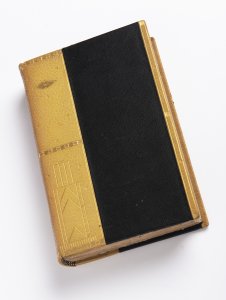
Lot 64 Early Illustrated Books
Starting price10 000 CZK | 392 €
Price realized
19 000 CZK | 745 €
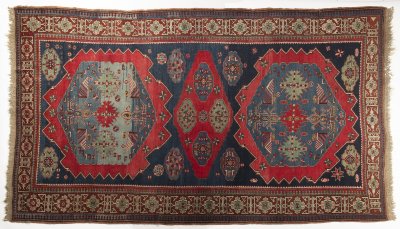
Lot 65 CAUCASUS
Starting price25 000 CZK | 980 €
Price realized
37 000 CZK | 1 451 €
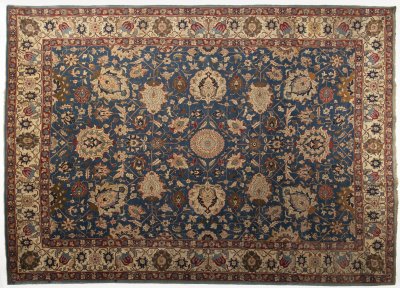
Lot 66 TABRIZ
Starting price25 000 CZK | 980 €
Price realized
45 000 CZK | 1 765 €
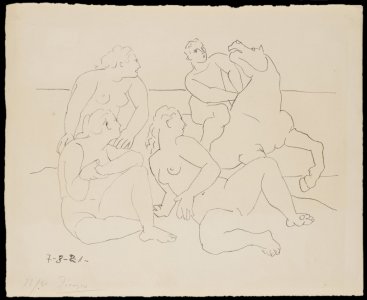
Lot 67 RIDER
Starting price100 000 CZK | 3 922 €
Price realized
100 000 CZK | 3 922 €
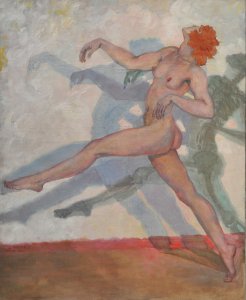
Lot 68 DANCE OF LIFE
Starting price45 000 CZK | 1 765 €
Price realized
70 000 CZK | 2 745 €
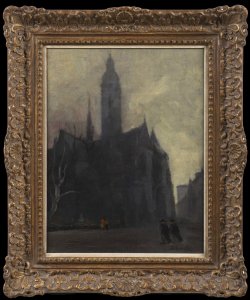
Lot 69 IN FRONT OF THE CATHEDRAL
Starting price18 000 CZK | 706 €
Price realized
18 000 CZK | 706 €
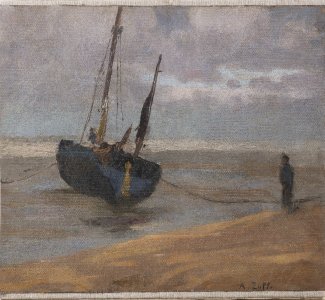
Lot 70 BEACH WITH BOATS IN BELGIUM
Starting price35 000 CZK | 1 373 €
Price realized
41 000 CZK | 1 608 €
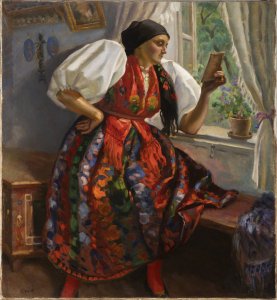
Lot 71 GIRL IN FOLK COSTUME
Starting price110 000 CZK | 4 314 €
Price realized
310 000 CZK | 12 157 €
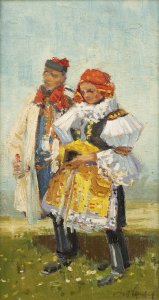
Lot 72 A COUPLE IN FOLK COSTUME
Starting price55 000 CZK | 2 157 €
Price realized
55 000 CZK | 2 157 €

